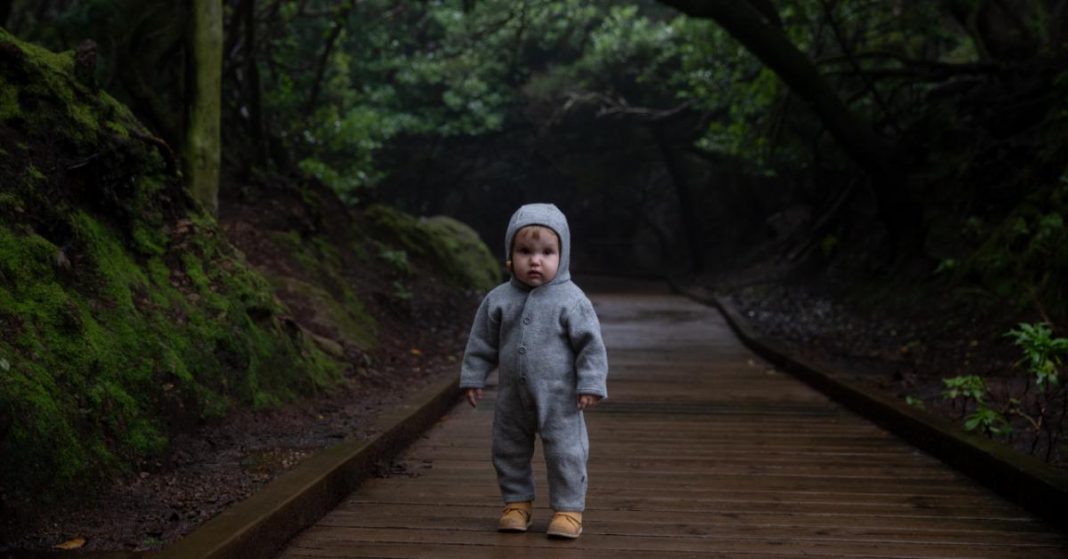UPDATED SEPTEMBER 1, 2021 This piece has been updated to reflect the emergence of new technology


Christian Mathews Security Writer
Child abduction happens more often than you think. A child is abducted every 40 seconds in the US. These disturbing statistics may be heartbreaking to read, but it is crucial information for parents to give their children the best possible protection.
In this article, you will learn about different child abduction stats by the year. We will cover preventive measures that you can take to keep your children safe.
1 1 Types of Kidnapping
All kidnappings are considered abduction, but not all abductions are kidnappings. Abduction refers to being removed from an original location with the use of coercion, force, or fraud. Kidnapping involves abducting an individual to get some form of gain or ransom. That difference aside, both of them are still serious crimes, and children are considered easy targets.
Let’s look at the different types of kidnapping:
Stranger Kidnapping
Kidnapping by strangers happens when someone unknown by the victim does the abduction. According to statistics, girls make up the majority of victims. These girls are typically around school-age or in their teenage years.
Most kidnappings by strangers happen outdoors and the risk of it happening is higher before or after school hours. In 80% of cases that involve stranger kidnapping, the first contact between the kidnapper and the child is in a quarter-mile vicinity of their homes. This is because most stranger kidnappers stalk their potential victims.
Acquaintance Kidnapping
Juvenile perpetrators typically mostly commit acquaintance kidnapping. The majority of the victims are females in their teens.
Many cases of acquaintance kidnapping are also accompanied by physical and sexual assault crimes. This type of abduction commonly happens in the homes of the victims.
Family Kidnapping
A parent of the victim is often involved with a family kidnapping. Female relatives of the victims commit 43% of family kidnappings. Children, six years old and below of either gender are considered most vulnerable to this type of kidnapping.
2 2 Child abduction stats by year
Children in the US who go missing are entered into the NCIC database. This is done so that child abduction stats by year are tracked accordingly. As of 2019, the database has logged over 424,066 cases of reported missing children.
90% out of the 424,066 cases reported in the NCIC are classified as runaway children. 4% of that number are classified as cases involving family abduction, and another 4% are tagged as missing young adults. The remaining 2% is divided into cases that involve non-family abduction and injured children.
Despite these grim numbers, 99.8 percent of children who go missing will eventually come home. Most of them are either runaways or got lost somehow. But some children don’t come home. It remains crucial to invest in proactive child abduction prevention steps.
3 3 Why do people kidnap kids?
Many wonder why people kidnap kids and the reasons vary. Let’s look at some of the most common reasons:
Extortion or ransom
Leverage for gains or monetary value is one of the major reasons for kidnapping kids. They are considered easy targets by criminals to push their parents to follow orders. This type of kidnapping is more prevalent with parents that have high political, or financial statuses.
Illegal adoption
Illegal adoption is another reason why children are kidnapped. This is usually done by strangers who intend to take the child away. They are then either sold to adoptive parents or kept as their own. Women who suffer from severe postpartum depression after losing their babies at birth or after experiencing a miscarriage, have been among the culprits.
Custody battles
The number one reason for kidnapping by family members is because of custody battles. Some parents do not feel like they will be awarded custody of the child. They feel their only option is to kidnap their children to keep them with them.
4 4 Prevention
Research of pediatricians from the Mayo Clinic noted that three-quarters of parents interviewed expressed fears of their children being abducted. This is not a surprise given the rising state of child abduction year over year. A lot of attention is now focused on finding ways to prevent this.
Here are some preventive measures Parents can employ to decrease your child’s chances of being abducted:
Talk to your children about strangers
Emphasize the idea of “stranger danger” to your kids at a young age. Children who know talking to strangers is not good, tend to be at a lower risk of kidnapping.
Choose reliable caregivers
Since it is impossible to have your eye on your child 24/7, you must choose reliable caregivers. Do a background check on the people you are going to hire to look after your child.
A baby monitor or an indoor camera system for your home are good ways to keep an eye on your kids.
Prioritize online safety
There are so many threats against children that can result in abduction from the online world. Monitoring your child’s activities online is crucial to ensure their safety.
A small bluetooth tracker or a smartwatch for kids might be a good way to stay up to date with your child’s whereabouts.
5 5 What to do if it does happen?
Although abduction is every parent’s worst nightmare, it is important to know what to do if it does happen. If your child goes missing, the first thing you have to do is confirm if they are abducted or kidnapped. You can do this by checking with their school and friends for information about their whereabouts.
Once you have confirmed that your child is nowhere to be found and unreachable, report them missing to the police at once. Police will respond immediately when missing kids are reported. They will interview you and ask for details about the child and conduct their investigations.
During this time, it is important to cooperate with the police fully. Give them the necessary information that they will require from you. As much as possible, try to remain calm so that you can be more effective in dealing with the situation. Going into panic mode will only make the situation that much worse.
6 6 What is a child safety kit?
Wondering what a child safety kit is? It is a safety kit that records your child’s DNA, fingerprint, eye color, blood type, weight, and height in case they get abducted. This record can be given to the police to help them find your child quicker.
Child safety kits are given by organizations such as the National Center for Missing and Exploited Children. You can also get information from your local police department about the schedule for events that give away child safety kits.
7 Key Takeaway
Child abduction is scary, especially because many of the statistics lean towards children getting hurt, sexually abused, injured, or worse. However, knowing the statistics will help you be ready if it does happen and increase the chances of your child coming home safely. Remember, prevention is your best option.

















































